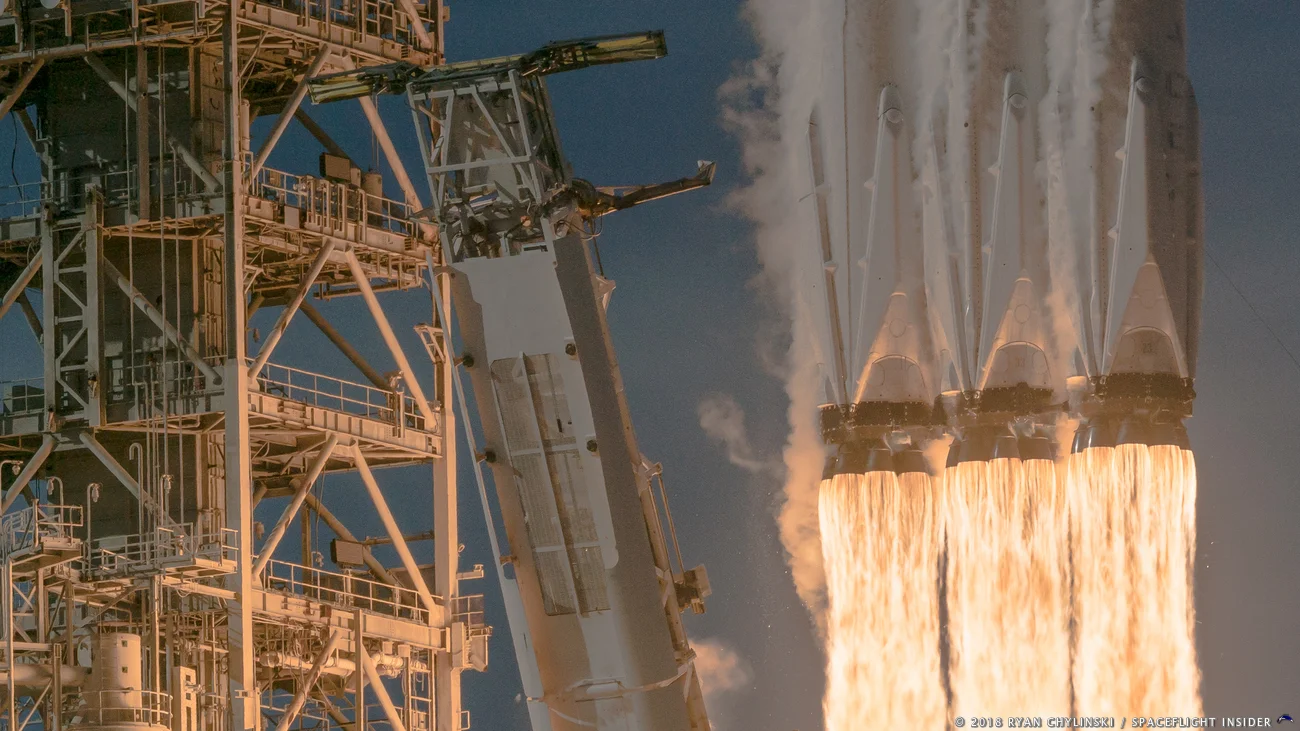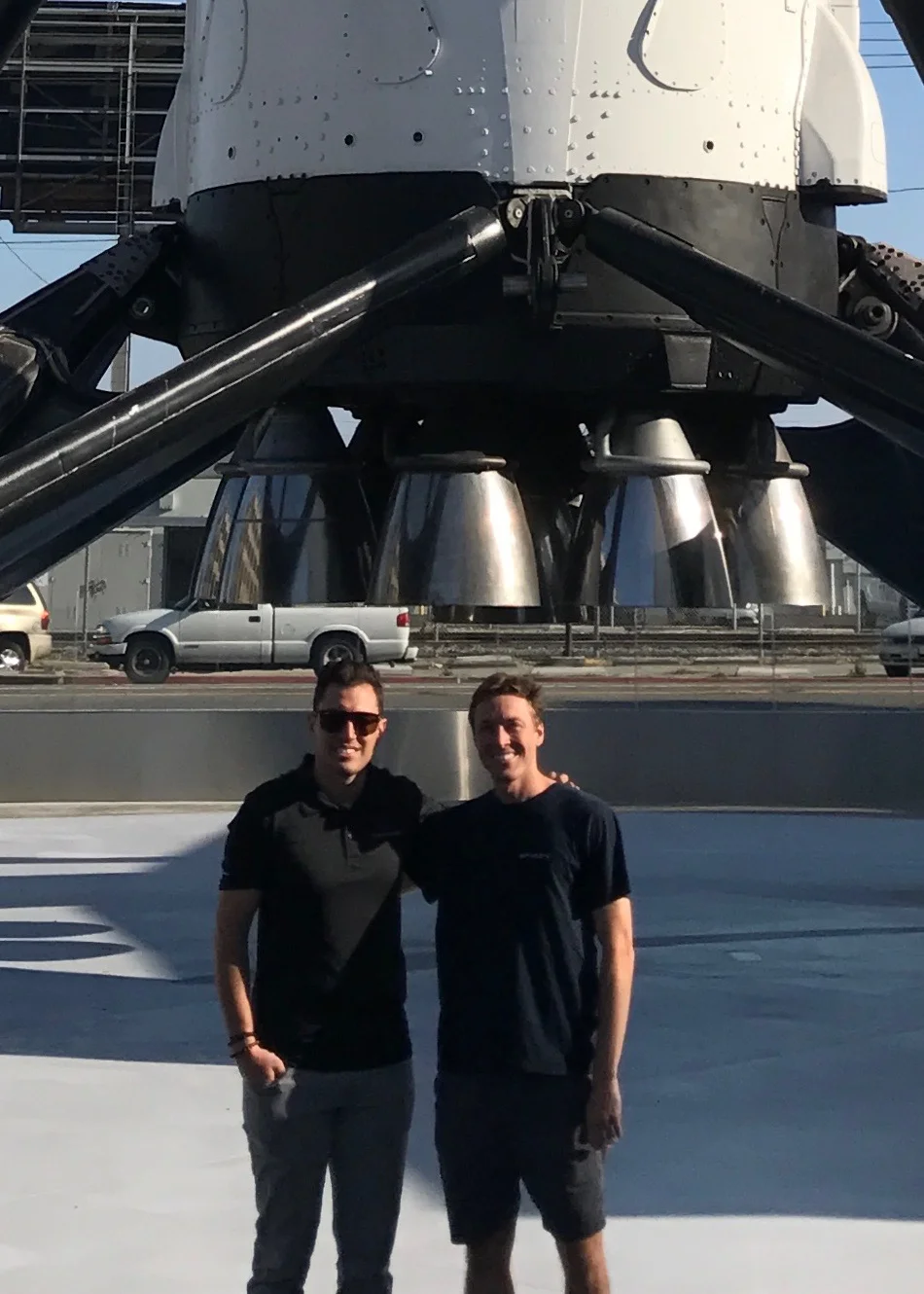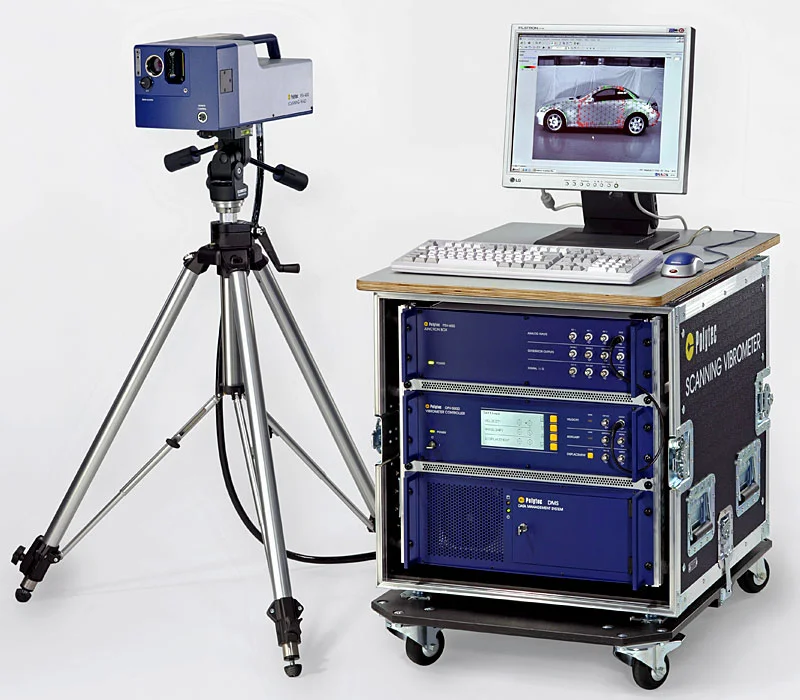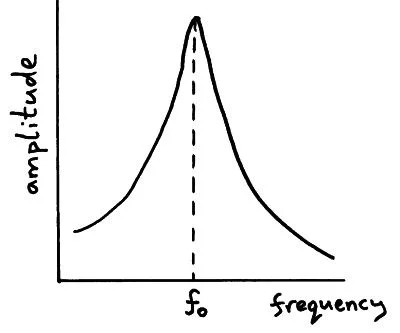Merlin Rocket Engine
A 190,000 lbf gas-generator liquid rocket engine, that powers SpaceX’s Falcon launch vehicle family.
Summary
As a member in the Turbomachinery Development group, I was fortune to work on Rocket Engine Programs that were both near completion & in initial development, with the Merlin & Raptor Engines. My role with the Merlin Rocket Engine, I successfully developed a semi-automated test apparatus that characterized turbine wheels to help qualify the engine for human spaceflight. In addition to engineering work, I gained intangible experience through exposure to the technical program management of the Propulsion Department, by sitting in on meetings, and seeing the in-&-outs of engine development with one of the world’s finest propulsion teams. (Colleague Travis Metzger on the Right)
Due to ITAR Restrictions & an NDA Agreement, I am unable to provide details or show project work
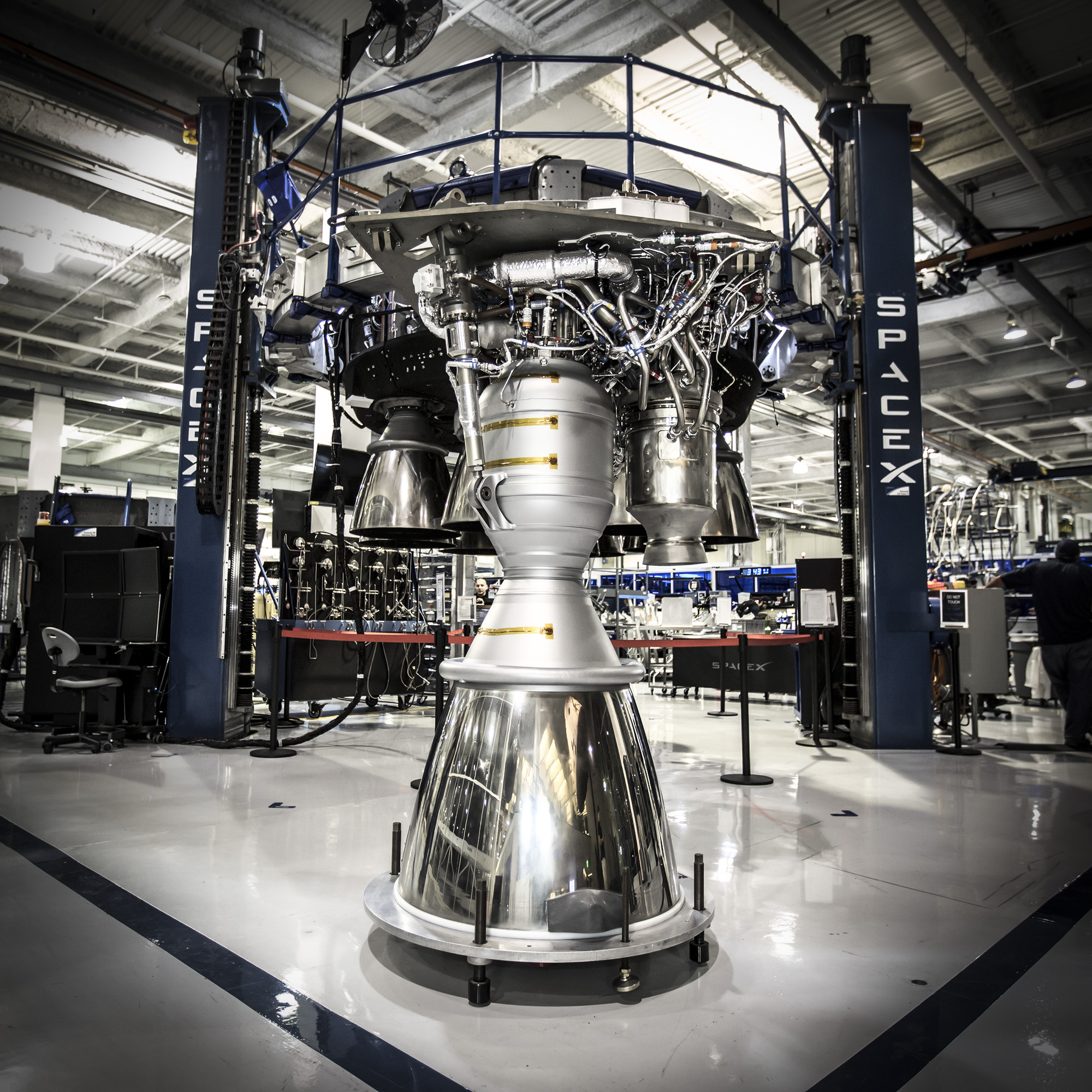

Role
Turbomachinery Development Engineering Associate
Owned Development of a Turbine Wheel Modal Test Apparatus
Sized/Procured Test Apparatus & Designed in Siemens NX
Assembled, Calibrated, & Activated Test Apparatus
Sampled & Established Modal Response Database for Turbines
Designed a Custom Front Panel Express Electronic Enclosure
Qualifying Engine For Human Spaceflight
In order to qualify the Merlin Engine for human spaceflight, SpaceX needed to showcase a solid understanding of the modal response of the Merlin turbine wheels to NASA. When I returned to SpaceX upon graduation, they started a process of characterizing turbine wheels but it was inefficient, as it took hours to sample a single turbine wheel. My responsibility was to find a new way to characterize turbine wheels in a faster manner that was both repeatable & reliable.
Interested in a news article providing more insight into the turbine issue?
Turbine Wheel Modal Test Apparatus
*Not SpaceX work, for reference
The test apparatus consisted of custom hardware I designed to support the Merlin turbine wheel and a servo-motor for indexing purposes. The instrumentation involved was an impulse hammer to excite all frequencies and a laser doppler vibrometer to record the velocity response at the location of interest. The data was modeled as a single degree of freedom (SDOF) system to determine the natural frequency of each blade of the turbine wheel. Modal response characterization is of importance as it can provide insight into blade-to-blade variation and how the global response deviates from the predicted for reasons such as manufacturing imperfections.
Motor Sizing & Procurement
Source: Yaskawa America
*Not SpaceX work, for reference
The key factors for this application was maintaining a manageable inertia mismatch ratio and considering the torque required for acceleration & deceleration. Having a high inertia mismatch ratio could result in continuous overshooting & make calibrating near impossible. As the use of this servo-motor was for indexing purposes only, speed & RMS torque are not of interest. In addition, I confirmed that all hardware purchased could be utilized for future Raptor turbine wheel characterization.
Assembly & Activation of Test Apparatus
*Not SpaceX work, for reference
Once I received all the hardware, I fully assembled the test apparatus and prepped it for operation. This included securing & assembling all components through custom hardware, installing wiring & control switches, and calibrating the servo-motor system. In addition, I ran an experimental studies to test various methods of damping for noise reduction, showcased repeatability, and completed a control-study. Upon activation, I had created a modal test setup that was highly accurate/repeatable and was able to reduce sampling time from hours to minutes.
Once in operation, I sampled through the turbine wheels that were to be flown on SpaceX’s Commercial Crew Demo Mission 1. I created a database with charts and tables to easily analyze the results of turbine wheels from both a blade-to-blade and wheel-to-wheel standpoint. In addition, I created procedures for potential future modifications for use on Raptor turbines, and presented documentation on how to modify the test apparatus to be fully autonomous.
Design of Electronic Enclosure
*Not SpaceX work, for reference
I designed an electronic enclosure to house all electronics, buttons, and switches, and this was done using Front Panel Express. The enclosure featured fan cutouts for ventilation & cooling purposes, connectors cutouts for making it a plug-and-use system, buttons/switches cutouts for trivial operation, as well as an emergency stop feature. I imported the panel designs into the Siemnes NX, where I generated a 3D CAD with all components, screws, standoffs, etc.
SpaceX Crew Demo-1
On March 2, 2019, SpaceX successful conducted a demo flight of its manned-ready rocket and spacecraft. This featured the turbine wheels that my test apparatus help certify, the final component required to certify the entire Merlin rocket engine for human spaceflight.
